 alt="Dali Erhai Lake Ecological Corridor from Xiaguan to Taoyuan"
/>
alt="Dali Erhai Lake Ecological Corridor from Xiaguan to Taoyuan"
/>
Lahu Ethnic Minority
With a history of more than thousands of years, the Lahu ethnic minority is one of the oldest ethnic groups in China. Lahu ethnic minority speaks Lahu language, worships many gods, enshrines “Esha(厄莎)”.
Distribution of Lahu Ethnic Minority
Lahu ethnic minority is distributed in China, Myanmar, Thailand, Vietnam, Laos and other countries. The Lahu ethnic minority in China is distributed in 31 provinces, autonomous regions and municipalities directly under the central government. In Yunnan, Lahu people mainly live on the west bank of Lancang river in Pu’er, Lincang and Xishuangbanna, including Linxiang district, Gengma, Lancang, Menglian, Ximeng, Jinping and other counties.
Feature of Lahu Areas
The subtropical hilly areas along the Lancang River where the Lahu people live in compact communities are fertile, suitable for planting rice paddy, dry rice, maize, buckwheat as well as tea, tobacco, and sisal hemp. There are China fir and pine, camphor and nanmu trees in the dense forests, which are the habitat of such animals as red deer, muntjacs, wild oxen, bears, peacocks and parrots. Found here are also valuable medicinal herbs like pseudo-ginseng and devil pepper. Mineral resources in the area include iron, copper, lead, aluminum, coal, silver, mica and tungsten.
Cultural Heritages of Lahu Ethnic Minority
Baiwu Dance of Lahu Ethnic Minority Hulusheng Making Skills of Luhu Minority Hulusheng Dance of Lahu Ethnic Minority Gengu- Epic Poem of Lahu Ethnic Minority
Inheritors
Li Zha’er Li Zhati Zhang Zhanu Li Nake Bi Yuming Li Zhamo Jiang Shimei Luona Chaxie Li Zengbao Cao Mingkuan Li Zhage Li Zhaluo
Festivals of Lahu Ethnic Minority
Kuzha Festival of Lahu Ethnic Minority Calabash Festival in Menglian County Chinese Spring Festival Celebration of Lahu Calabash Festival in Ximeng County New Rice (Xinmijie) Festival in Menghai County The Calabash Festival in Lancang County
Lahu Ethnic Towns
Lisuo Lahu Ethnic Town Manghong Lahu and Bulang Ethnic Town Mengjiao Dai, Yi and Lahu Ethnic Town Junsai Wa, Lahu, Lisu and Deang Ethnic Town Zhemi Lahu Ethnic Town Daxueshan Yi and Lahu Ethnic Town Nanmei Lahu Ethnic Town
Lahu Villages
Bakalong Village Kanan Village Dingqing Village Laodabao Village
Keep Reading
Nanduan Village Lahu Ethnic Culture Protection Area in Nuofu Town of Lancang County, Puer Lahu Ethnic Folk Customs Garden in Lancang County, Puer Lahu Ethnic Culture Exhibition Center in Lancang County, Puer Village of Lahu Ethnic Minority in Yunnan Ethnic Villages, Kunming

 7 Days GolfingTour
7 Days GolfingTour
 8 Days Group Tour
8 Days Group Tour
 8 Days Yunnan Tour
8 Days Yunnan Tour
 7 Days Shangri La Hiking
7 Days Shangri La Hiking
 11 Days Yunnan Tour
11 Days Yunnan Tour
 6 Days Yuanyang Terraces
6 Days Yuanyang Terraces
 11 Days Yunnan Tour
11 Days Yunnan Tour
 8 Days South Yunnan
8 Days South Yunnan
 7 Days Tea Tour
7 Days Tea Tour
 8 Days Muslim Tour
8 Days Muslim Tour
 12 Days Self-Driving
12 Days Self-Driving
 4 Days Haba Climbing
4 Days Haba Climbing
 Tiger Leaping Gorge
Tiger Leaping Gorge
 Stone Forest
Stone Forest
 Yunnan-Tibet
Yunnan-Tibet
 Hani Rice Terraces
Hani Rice Terraces
 Kunming
Kunming
 Lijiang
Lijiang
 Shangri-la
Shangri-la
 Dali
Dali
 XishuangBanna
XishuangBanna
 Honghe
Honghe
 Kunming
Kunming
 Lijiang
Lijiang
 Shangri-la
Shangri-la
 Yuanyang Rice Terraces
Yuanyang Rice Terraces
 Nujiang
Nujiang
 XishuangBanna
XishuangBanna
 Spring City Golf
Spring City Golf
 Snow Mountain Golf
Snow Mountain Golf
 Stone Mountain Golf
Stone Mountain Golf


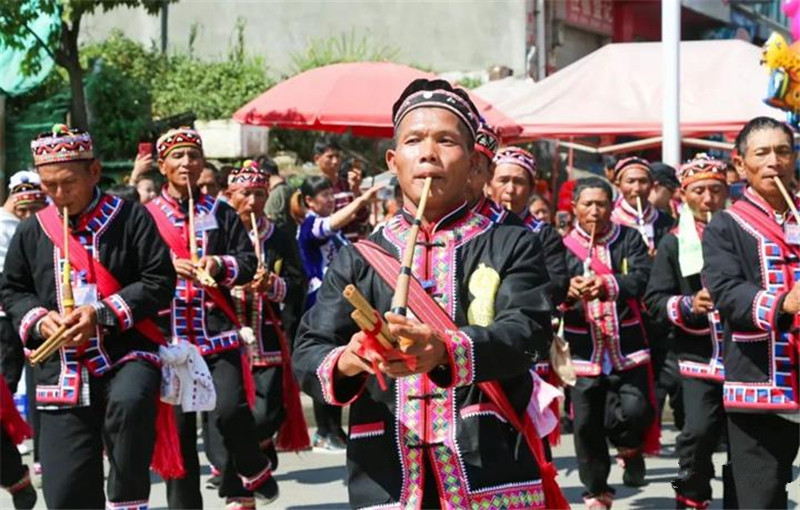
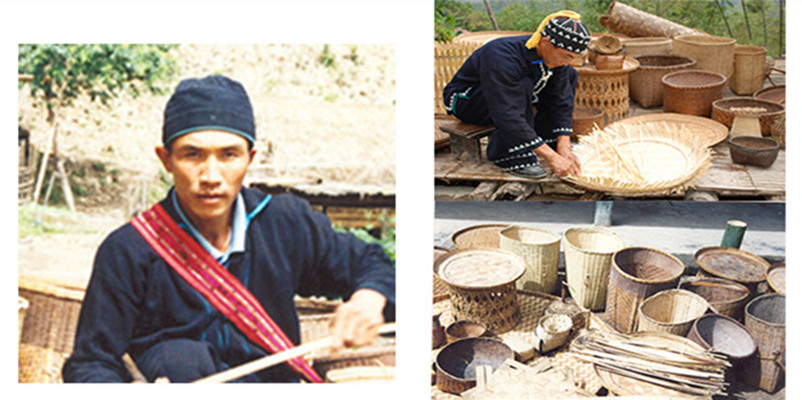
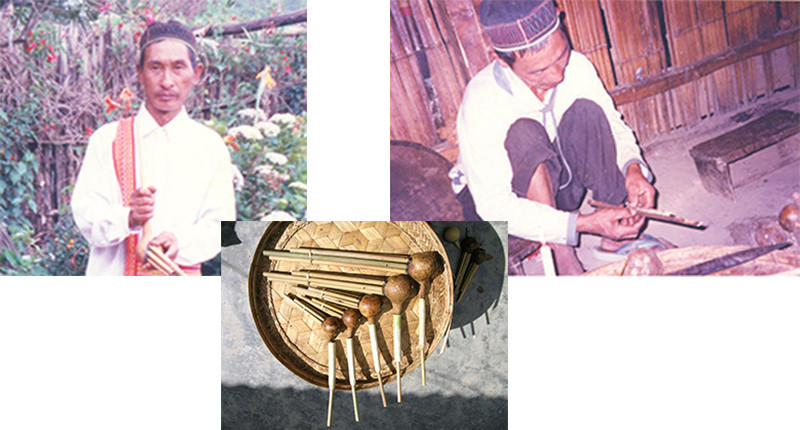
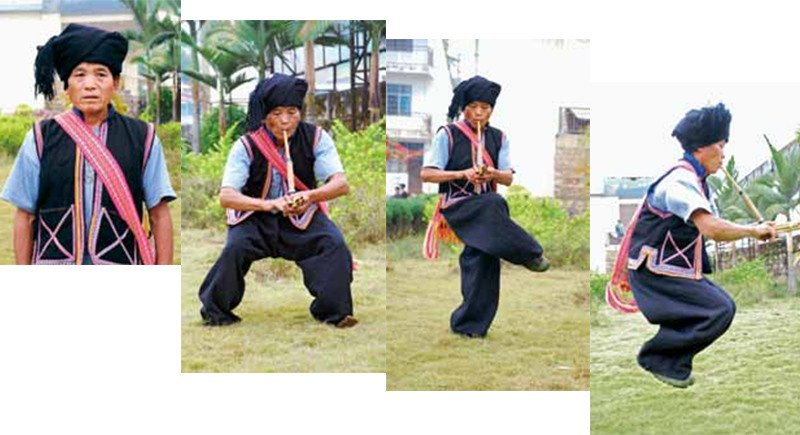
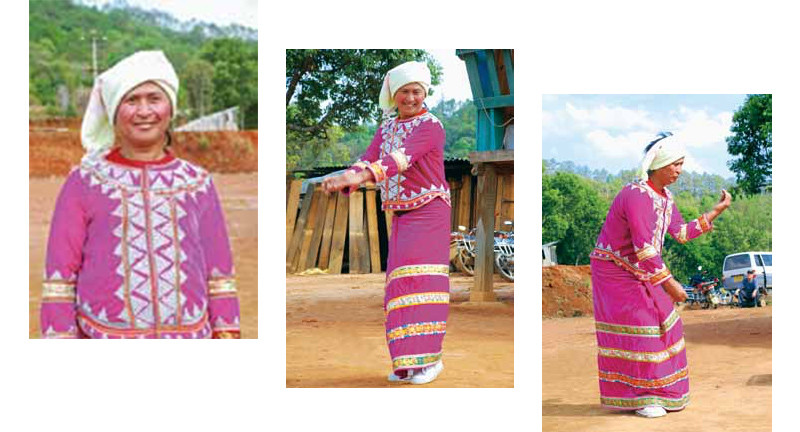
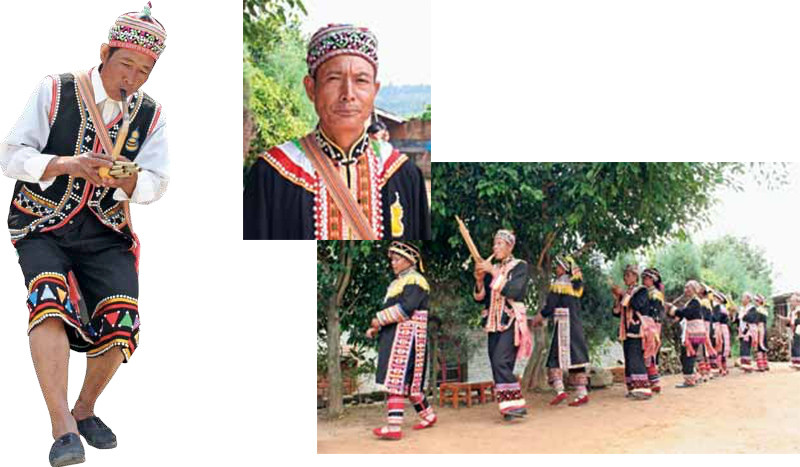
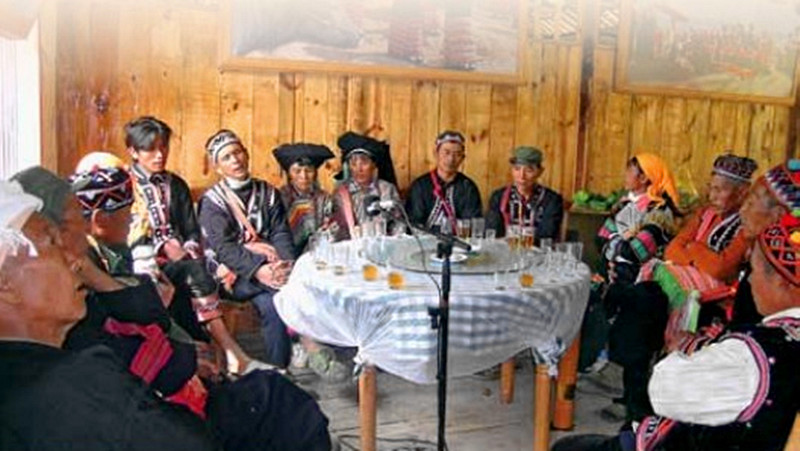

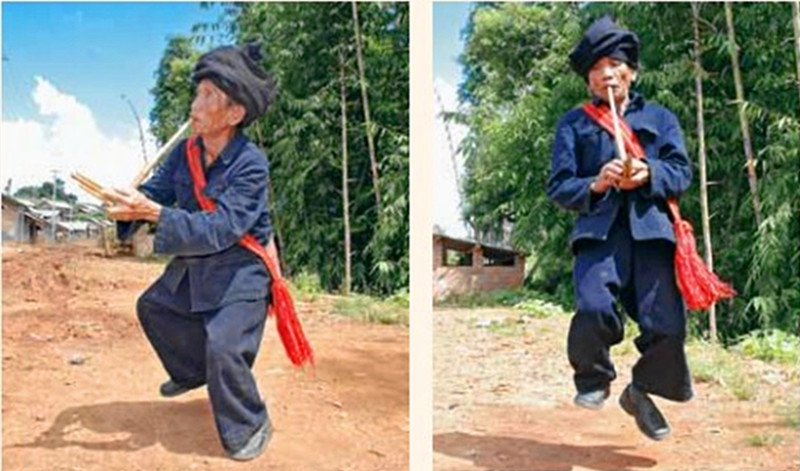
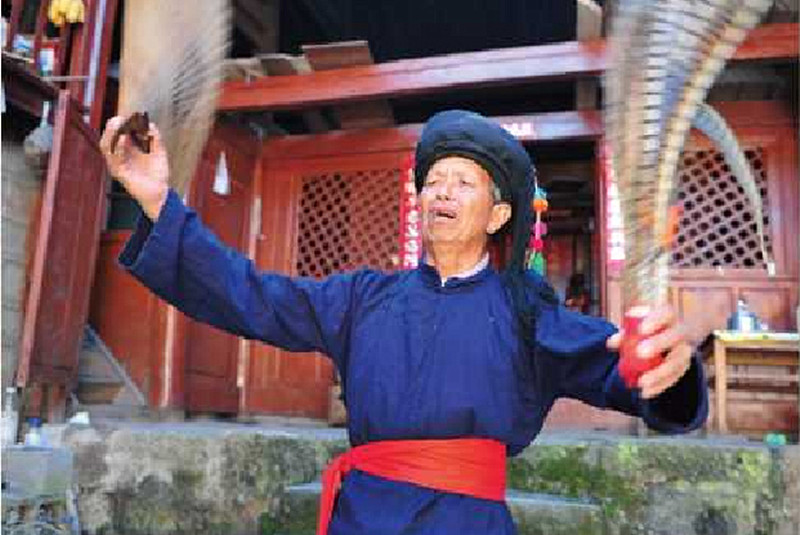


 What Our Customers Say?
What Our Customers Say?
